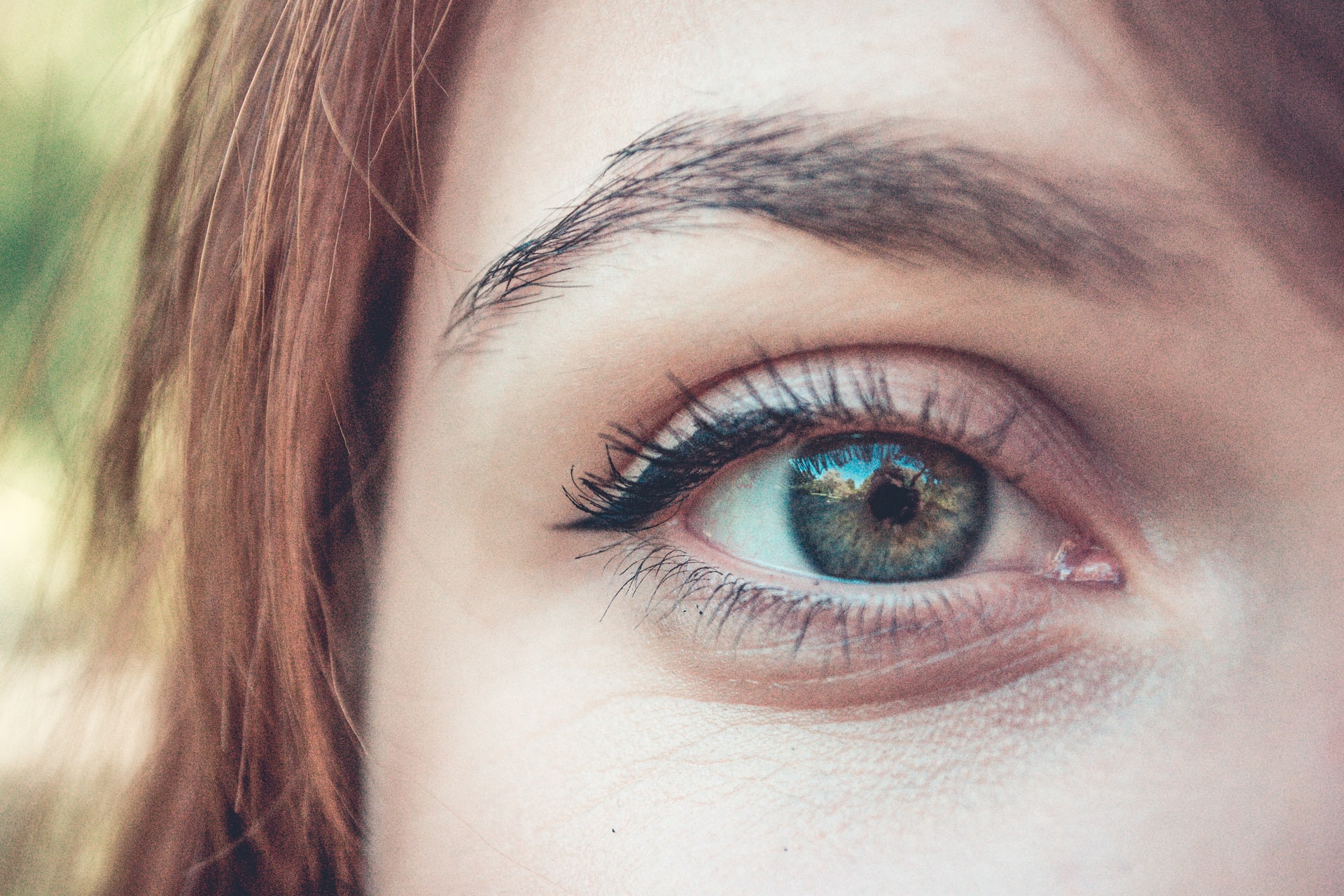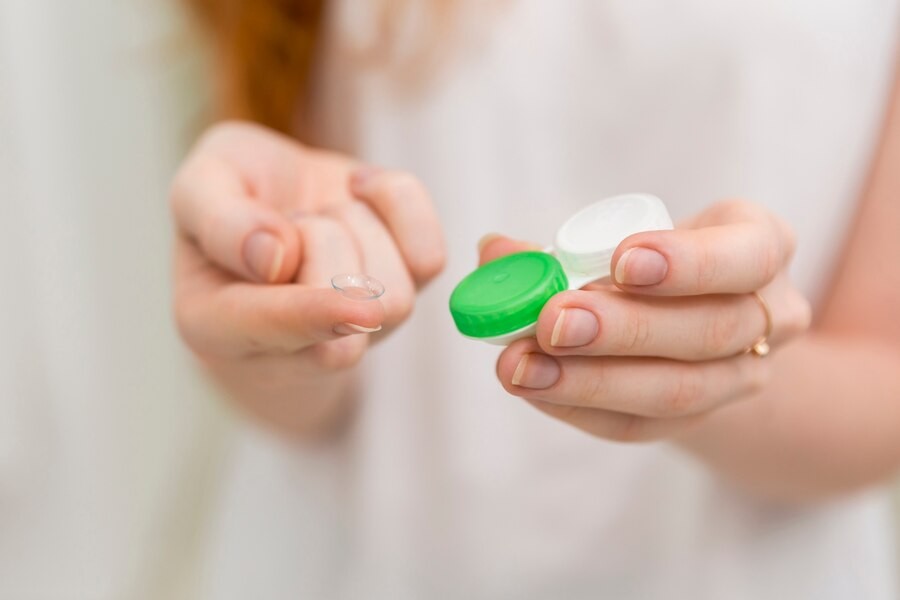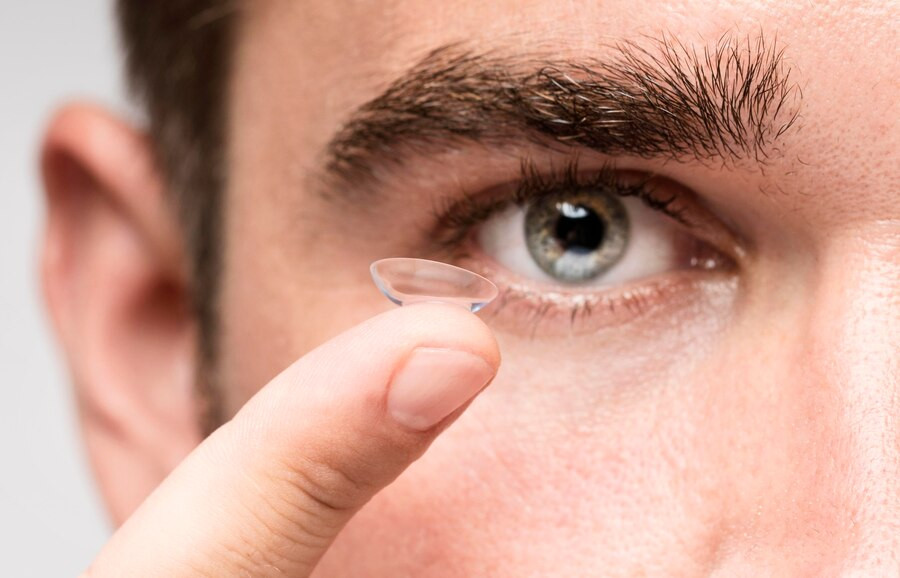Wearing contact lenses or soft lenses can indeed help your vision and boost your appearance. Compared to using glasses, contact lenses are also practical to use in daily activities. Although contact lenses are convenient, you should be aware of some of the risks associated with them, especially if they are an essential part of your daily routine.
Risks of using contact lenses
Contact lenses are a practical solution for those who need to use glasses to aid vision. While with glasses there is a risk of breaking, dropping, or leaving them behind, this is not the case with contact lenses. However, this does not mean that contact lens use is not risky for eye health.
Some risks of using contact lenses include:
- Red eye or conjunctivitis
Long-term contact lens wear may result in conjunctivitis or inflamed eyes. Because contact lenses are foreign objects, they may promote the growth of bacteria. Furthermore, continuous use of contact lenses can deprive your eyes of oxygen. Giant papillary conjunctivitis (GPC) is an eye condition caused by wearing contact lenses on a daily basis.
- Dry eyes
Dry eyes are one of the most common risks for contact lens wearers. Wearing contact lenses can absorb the natural moisture from the eyes, causing dryness. If you frequently experience dry eyes as a result of wearing contact lenses, it is recommended that you carry eye drops with you wherever you go.
- Eye infections and corneal abrasions
Wearing contact lenses for an extended period of time can cause eye infections and allergies. This condition is typically caused by improper corneal fitting, which leads to corneal abrasion. Corneal abrasion is the scratching of the corneal surface by foreign objects, like contact lenses. Scratches in the cornea can permanently impair vision.
- Corneal ulcer
Microorganisms such as bacteria and fungi, which are promoted by extended contact lens use, are to blame for corneal ulcers. The prolonged use of contact lenses reduces oxygen supply to the cornea, creating an environment conducive to infection. Inadequate contact lens cleaning increases the risk by allowing these microorganisms to grow and thrive.
- Keratitis
Keratitis is another common risk associated with wearing contact lenses. This condition is caused by prolonged contact lens use combined with bacterial, viral, or fungal eye infections. Dirty or continuous use of contact lenses can also contribute to its onset. Keratitis symptoms include redness, soreness in the eyes, and the sensation of heavy eyelids.
- Reduced corneal reflex
In the long term, wearing contact lenses can also weaken the corneal reflex. This symptom is characterized by a slower eyelid closure whenever there is a foreign object or danger entering the eye.
Things to consider when using contact lenses
- Consult an ophthalmologist
Before using contact lenses, you should consult your eye doctor first. The doctor will recommend a type of lens that is safe and suitable for your eye needs.
- Take care of your contact lenses
Use contact lenses according to the instructions for use. Do not use contact lenses for longer than the recommended time on the packaging. Always clean contact lenses with their cleaning fluid and clean them with clean hands.
- Remove contact lenses when necessary
Avoid wearing contact lenses when going to bed and swimming. Wearing contact lenses while sleeping and swimming can increase the risk of serious eye infections.
If you need medical advice or consultation, you can either visit a doctor or make use of the consultation features that are available in the Ai Care application by downloading the Ai Care application from the App Store or Play Store.











